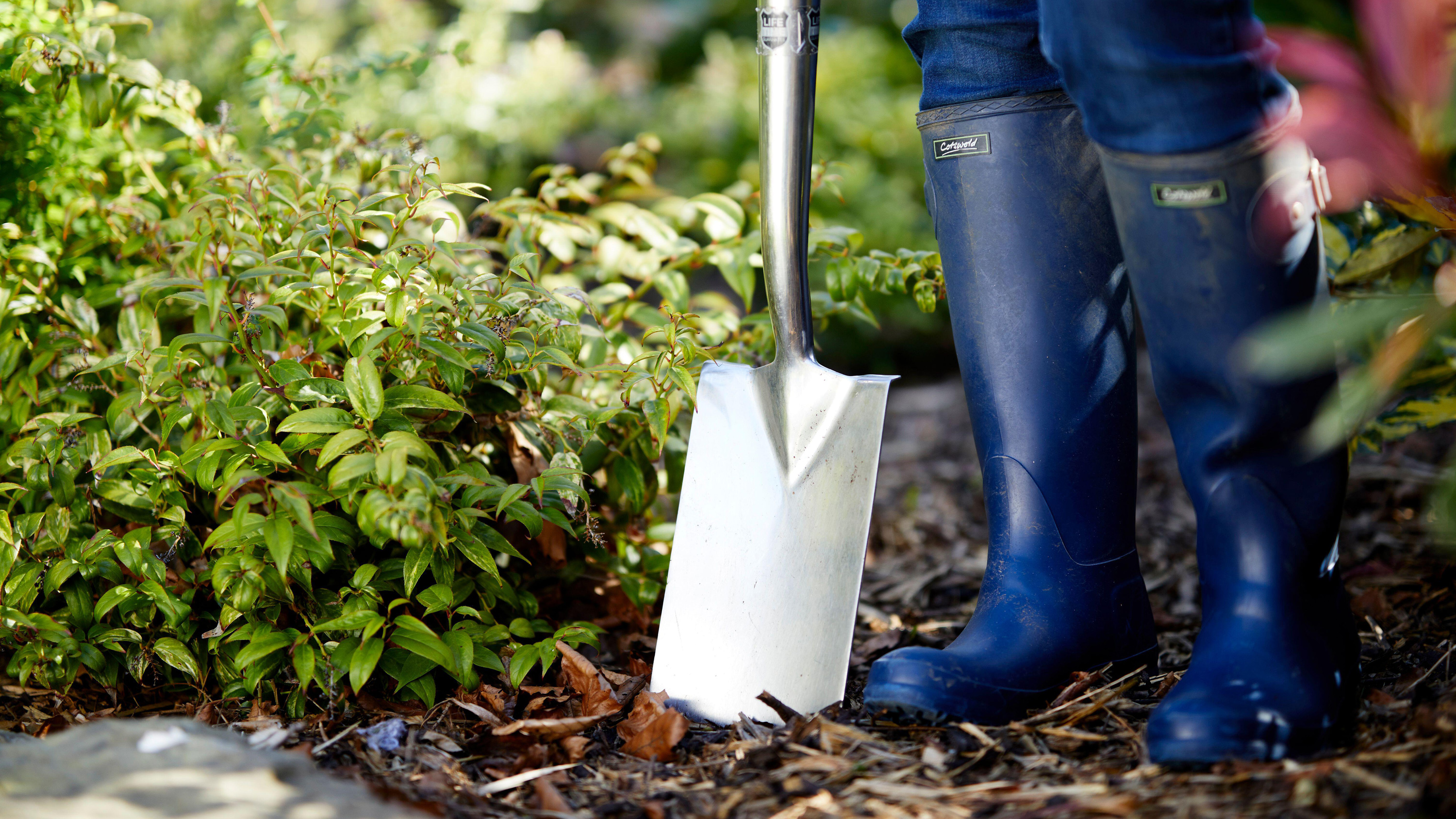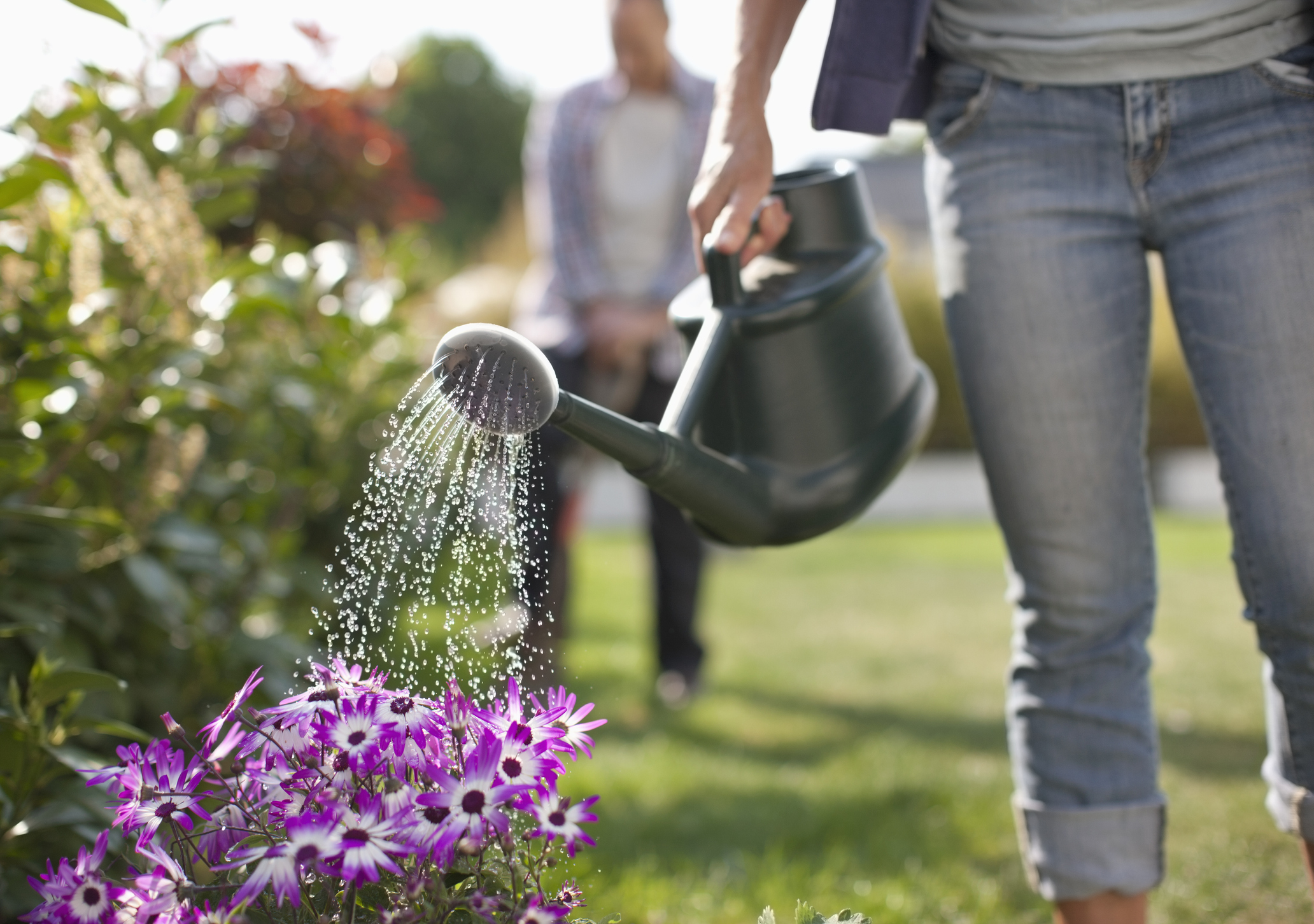Get the gardening done in an hour with this failsafe method for using your time wisely
If you want to know what to do in the garden with just one hour, you'll be surprised by how efficient you can be – with this invaluable expert tip

If you're wondering what to do in the garden in just one hour, then you are like millions of gardeners who don't have all that much time to devote to developing your garden design ideas. Perhaps you have a demanding job, perhaps you're juggling said job with parenting, caring, or charity work. Whatever the reason, not everyone has a whole weekend to devote to their garden.
Fear not – there is a way to plan your gardening that makes garden maintenance more manageable, and you only need an hour a week to do your gardening this way.
The patch-by-patch method for tending to your garden

Not sure where to begin? Do you do watering plants, weeding, or sowing new seeds? Most gardens need several things doing at any one time, so that approach tends not to work so well. You could miss the window for sowing or potting on seedlings, or overlook a weed infestation.
Instead of focusing on just one task per hour, gardening expert Georgie Matthews from Greenhouses Direct recommends splitting your garden into patches, like a grid, and using your hour for doing a variety tasks on just that patch. Next week (or earlier if you have time) move onto the next patch, and so on until your whole garden has been seen to.
Matthews explains that 'by parcelling out the space, it won’t seem like such a daunting task and you can look at that patch when you’re done and feel proud of it, rather than being overwhelmed by a large unkempt area.'

Of course, you'll still need to prioritize different tasks depending on the season: 'Create a rotating schedule, so each week is spent doing something different that will aid your garden and swap in new tasks as the seasons progress.'
For example, spring will be more about sowing and potting on, while summer will involve more watering, mulching, and mowing. Fall tasks will include harvesting and tidying. You don't have to have a rigid schedule – all gardens are slightly different – but limiting the area you're working with will make all the tasks much easier to accomplish.
Finally, gardening should always include time for enjoying the fruits of your labor. 'Enjoy it!' urges Matthews. 'Try not to get bogged down thinking you haven’t done X, Y or Z in the little time you might have to spend in the garden and instead take the time you do have to relax and recuperate in the fresh air.'
Anna writes about interior design and gardening. Her work has appeared in Homes & Gardens, Livingetc, and many other publications. She is an experienced outdoor and indoor gardener and has a passion for growing roses and Japanese maples in her outside space.
